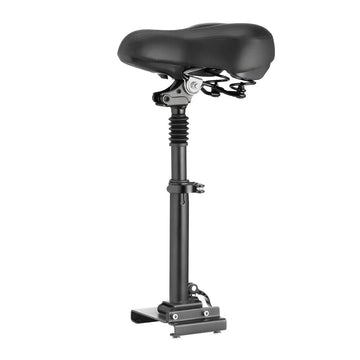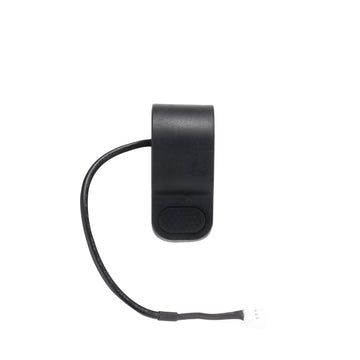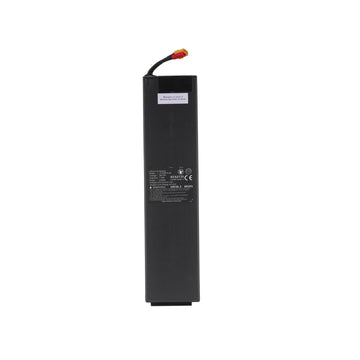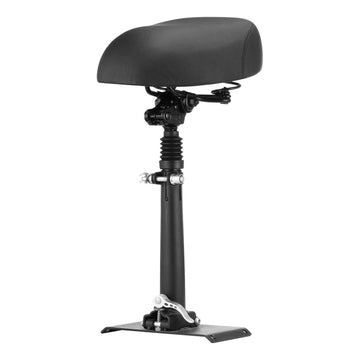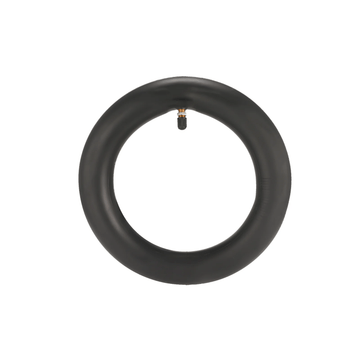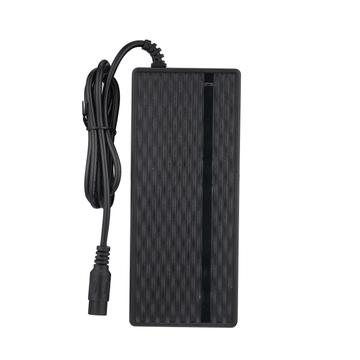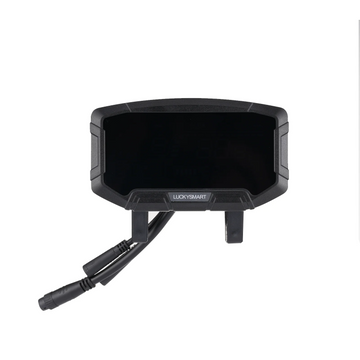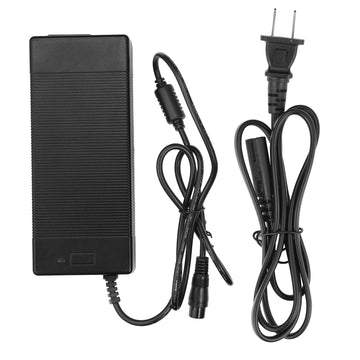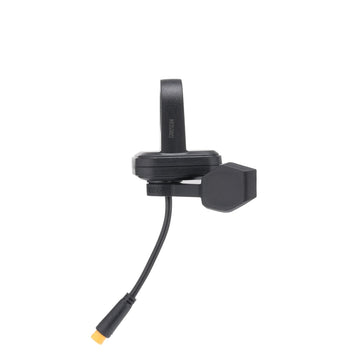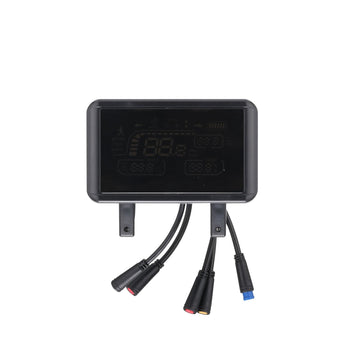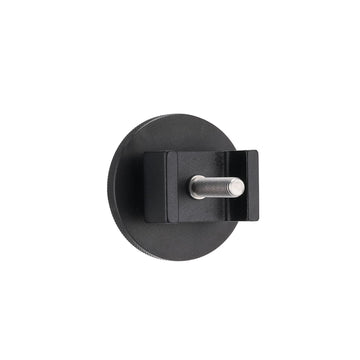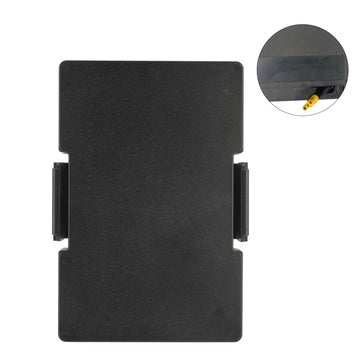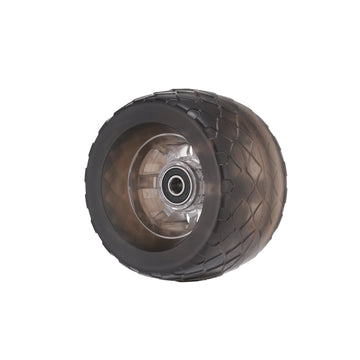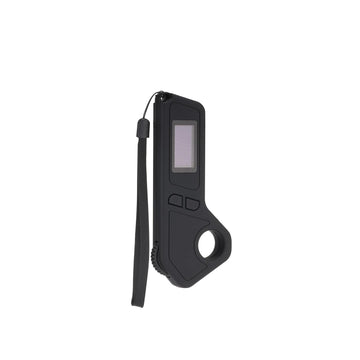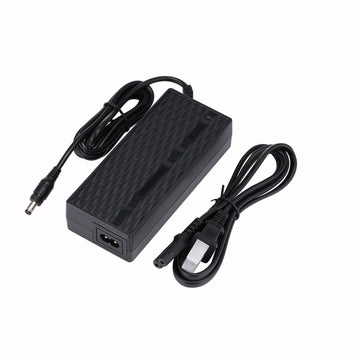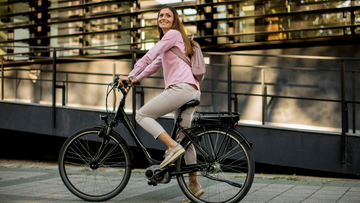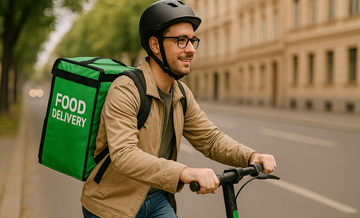Skateboard Downhill Guide: Techniques, Gear, & Safety Tips for Newbies
by Annalyn Bernaldo on Mar 29, 2025

Skateboard downhill is an adrenaline-pumping sport that blends high speed, precise control, and serious skill.
Riders race down steep hills on specially designed boards, navigating turns and managing speed while staying balanced at speeds that can reach 50 mph or more.
For beginners, picking the proper setup, especially a board built for stability, is key to safety and performance.
Whether you're just starting or looking to sharpen your technique, this guide covers everything you need to ride confidently. Discover expert strategies to enhance performance and stay safe on your downhill journey.
What Is Skateboard Downhill Riding?
Downhill skateboard riding is a thrilling sport focused on racing down steep hills using specially designed boards.
It prioritizes speed, control, and safety with distinct sub-disciplines to cater to different styles and goals.
The Basics of Downhill Skateboarding
When you think about downhill skateboarding, imagine speeding down hills at 20 to 70+ mph. This isn't about casual fun; it requires skill and precision.
Riders often use longboards with wide trucks and large wheels. This setup ensures stability and control at high speeds.
The equipment helps you maintain your grip on the road and manage tight turns confidently.
Downhill vs Cruising or Carving
Downhill skateboarding is all about speed and control. You adopt an aerodynamic stance to reduce drag and go as fast as possible. It's not about performing tricks or showcasing your style. Your focus is on maintaining flow while staying safe.
Cruising or carving, on the other hand, is more relaxed. It's about enjoying the ride with smooth turns and gentle hills without an intense pace. The emphasis here is not on speed but on the enjoyment of the ride itself.
Common Disciplines Within Downhill Skateboarding
-
Freeride: This involves performing slides, drifts, and other maneuvers to control your speed and direction. Freeriding is creative and allows for individual expression. It's perfect if you enjoy sliding around instead of just racing downhill.
- Racing: If you crave competition, downhill racing is about timed runs down a set course. Riders compete to see who can finish the fastest, often reaching incredible speeds. Racing requires precision and a competitive spirit. It's all about getting from the top of the hill to the bottom in the shortest time possible.
Skateboard Downhill Gear: What You Need to Ride Safely
Downhill skateboarding requires the right setup to ensure performance and safety. Each item, from the type of board to safety gear, plays a critical role in your downhill experience.
The Right Downhill Board
Choosing the right board is crucial for downhill skateboarding. Top-mount, drop-through, and drop-deck are popular styles offering unique benefits.
- Top-mount boards provide better grip and more responsive turning.
- Drop-through boards are lower to the ground, providing stability at high speeds, ideal for beginners.
- Drop decks combine features of both, offering control and comfort.
For better control, look for a deck with moderate concave and stiffness. A stiff board helps maintain stability during fast descents.
As for size, beginners might prefer a longer board for extra stability, while pros can handle shorter, more agile boards for sharper maneuvers.
Wheels and Trucks
Wheels and trucks are key to maintaining speed and control on the road. Choose large, soft wheels for downhill skateboarding.
To enhance grip, look for 75mm or larger wheels with a 75A-85A durometer. This soft composition helps you stick to the pavement and reduces vibrations.
When it comes to trucks, opt for wide, reverse kingpin trucks. These provide the stability you need when speeding downhill.
Wider trucks help maintain balance and control, especially at high speeds. Make sure your trucks match your riding style and size for optimal performance.
Safety Gear (Non-Negotiable)
Regarding downhill skateboarding, safety gear isn’t optional—it’s a must. Speeds can get serious, and even experienced riders fall. The right gear helps prevent major injuries and keeps you riding longer.
Essential Safety Gear:
- A full-face helmet protects your head, jaw, and face. Choose one that meets certified safety standards (like CPSC or ASTM).
- Slide gloves: Critical for controlling speed and safely executing slides. They also protect your hands during falls.
- Knee and elbow pads: Cush your joints and help prevent scrapes, bruises, and fractures during impact.
Additional Protection (Recommended for high-speed or long rides):
- Leather or armored suit: Great for racing or fast downhill runs. Offers protection from road rash and impact.
- Back protector: Helps protect your spine, especially on steep, technical terrain.
- Padded shorts: Add cushioning for your hips and tailbone, reducing the risk of injury in a hard fall.
Wearing the right gear every time you ride isn’t just smart—it’s part of the sport.
📌 Also Read: How To Ride an Electric Skateboard
Skateboard Downhill Techniques for Beginners and Beyond
Mastering downhill skateboarding takes time, practice, and the right technique. Whether you're just starting or looking to sharpen your skills, learning the fundamentals of body positioning, speed control, and cornering can make a big difference in safety and performance.
1. Basic Body Positioning
Before you build speed, you need a strong foundation. Your stance and posture affect everything from balance to control.
- Adopt a crouched stance to lower your center of gravity and reduce wind resistance.
- Bend your knees slightly and keep them relaxed—never locked.
- Lean forward just a bit with a straight back for better stability.
- Distribute weight over your front foot to improve steering and control, especially on turns.
- Practice this stance on gentle slopes before moving on to steeper hills.
2. Speed Control Techniques
Once you're comfortable on the board, controlling your speed is the next skill to master. Slowing down safely is key to avoiding accidents.
-
Foot braking is the best place to start. Gently drag the sole of your back foot on the ground to create friction and reduce speed.
-
Coleman slide: Once you're confident, learn this sliding technique. Use a gloved hand on the pavement while shifting your weight to slow down smoothly.
- Stand-up slides: This is a more advanced method. It involves shifting your weight and pivoting the board with both feet to scrub off speed without stopping completely.
3. Cornering & Drifting
Turning at speed can be tricky. Learning to corner properly will help you stay in control and avoid wipeouts.
-
Pre-drift before the corner: Begin your slide just before entering the turn to reduce speed and glide smoothly through.
-
Lean into the turn by shifting your body weight inward. This helps you maintain balance while carving around curves.
-
Keep your speed in check—too much momentum can lead to speed wobbles or loss of control.
- Practice on different types of terrain to build confidence and improve your reaction to various riding conditions.
📌 Also Read: Fastest Electric Skateboard in 2025
How to Prevent Speed Wobbles When Riding Downhill
Speed wobbles are among the most common issues riders face when going downhill fast. They usually happen when your board becomes unstable due to loose trucks or poor posture. Here’s how to reduce the risk and stay in control.
Adjust Your Trucks for Stability
The first step to reducing speed wobbles is ensuring your gear is set up correctly.
- Tighten your trucks slightly to limit unnecessary movement at higher speeds.
- Aim for a firm but responsive setup—too tight and you lose turning ability, too loose and you risk wobbling.
- Always test your setup at lower speeds before hitting steep hills.
Lower Your Center of Gravity
Your body position plays a big role in your ride's stability, especially when you're going fast.
- Bend your knees and stay low to bring your center of gravity closer to the board.
- Keep your back straight and shoulders relaxed to help maintain control.
- This stance improves balance and makes your movements more responsive.
Focus on Foot Placement and Core Control
Good technique starts with where you place your feet and how well you engage your core.
- Place your feet shoulder-width apart for a solid base.
- Position your front foot at a slight angle and keep your back foot across the tail.
- Engage your core muscles to help absorb movement and keep the board steady beneath you.
Small adjustments in your setup and posture can go a long way in keeping your ride smooth and controlled—especially when you're pushing your limits downhill.
📌 Also Read: The Ultimate Guide to Off Road Electric Skateboard
Skateboard Downhill Safety Best Practices
When it comes to downhill skateboarding, safety is a priority. Follow these best practices to reduce risks and enjoy your ride:
✅ Scout the Hill: Before you ride, take time to look at the hill. Understand its curves, surface, and any possible dangers like potholes or cracks. This helps you avoid surprises.
✅ Don’t Ride Alone: Skate with friends who can help spot danger or assist in case of an accident. Using walkie-talkies can improve communication on long runs.
✅ Stick to Safe Areas: Only ride on closed roads or designated downhill zones. Avoid cars and unapproved areas to reduce accident risks.
✅ Learn to Bail: Know how to fall safely to minimize injury. Practice rolling during a fall to spread the impact and avoid direct hits.
✅ Use Quality Gear: Always wear safety gear like helmets and gloves. Invest in certified equipment to protect yourself, even for short rides. A good helmet can prevent head injuries.
✅ Basic Gear Checklist
- A certified helmet
- Slide gloves
- Knee and elbow pads
✅ Stay Aware: Keep an eye on your surroundings. Be prepared to act quickly to avoid unexpected obstacles or changes.
Taking these precautions makes your downhill skateboarding experience safer and more enjoyable.
📌 Also Read: How Much Weight Can an Electric Skateboard Hold?
Top Spots for Downhill Skateboarding Around the World
There are several epic locations worldwide where downhill skateboarders gather for thrilling rides. From well-known hills hosting international events to hidden gems you can discover locally, each spot offers unique challenges and experiences.
Legendary Hills and Events
Maryhill Loops Road (USA): This iconic spot in Goldendale, Washington, is famous for its smooth pavement and sweeping curves. It's a favorite for skaters who love long, thrilling rides.
Kozakov Challenge (Czech Republic): Known for hosting one of the top downhill longboarding events, Kozakov offers steep slopes and sharp turns. It's where competition meets breathtaking scenery.
Mount Panorama (Australia): Often associated with car racing, this location also provides thrilling opportunities for skateboarders. Its challenging course attracts daredevils from around the globe.
Teutonia (Brazil): Recognized for its steep gradients, Teutonia pushes even the most skilled riders to their limits. This location promises an adrenaline rush like no other.
Conclusion
Downhill skateboarding is a thrilling blend of speed, skill, and control, but it all starts with the right techniques and gear.
Whether you're learning how to position your body, control your speed, or choose the safest setup, every detail matters when riding downhill.
Prioritizing safety and practicing regularly will help you build confidence and ride with more precision.
Ready to take your skate experience to the next level? Explore Isinwheel Electric Skateboards for a powerful, stable, and smooth ride that blends traditional thrill with modern performance, perfect for riders who want more out of every downhill journey.
Best Selling Electric Skateboards
Frequently Asked Questions
Downhill skateboarding involves unique terminology, specialized equipment, and various techniques to ensure safety and performance. Understanding these elements can help you better appreciate the sport.
What is downhill skateboarding called?
Downhill skateboarding is often called downhill longboarding or downhill skating. It’s a type of skateboarding where riders go down steep roads at high speeds, focusing on control, balance, and braking. The sport is known for its adrenaline rush and technical skill. Riders often wear safety gear and use boards made for speed and stability.
What board is used in downhill skateboarding?
Downhill skateboarding uses a longboard designed for speed and control. These boards are typically longer and wider than standard skateboards, with a stiff deck and low center of gravity. Most downhill boards also have reverse kingpin trucks and large, grippy wheels to improve stability during fast rides. The setup helps reduce speed wobbles and improves handling on steep roads.\
How to stop on a skateboard going downhill?
To stop on a skateboard going downhill, you can use methods like foot braking, sliding, or carving. Foot braking involves gently dragging your back foot on the ground to slow down. Sliding is a more advanced technique where you turn the board sideways to reduce speed. Carving—making wide, controlled turns—can also help you slow down gradually.
What is the hardest skateboard trick?
The hardest skateboard trick is often considered to be the Laser Flip or the 360 Dolphin Flip, depending on the skater. These tricks combine complex spins and flips that require perfect timing and control. Advanced skaters spend years learning them. What’s “hardest” can vary by person, but these are known for their difficulty.
How fast can downhill skateboarders go?
Downhill skateboarders can reach speeds of 40 to 60 miles per hour, depending on the road and setup. Some professionals have gone even faster during races or time trials. Speed depends on factors like hill steepness, board design, and rider skill. That’s why full safety gear is always recommended.
























